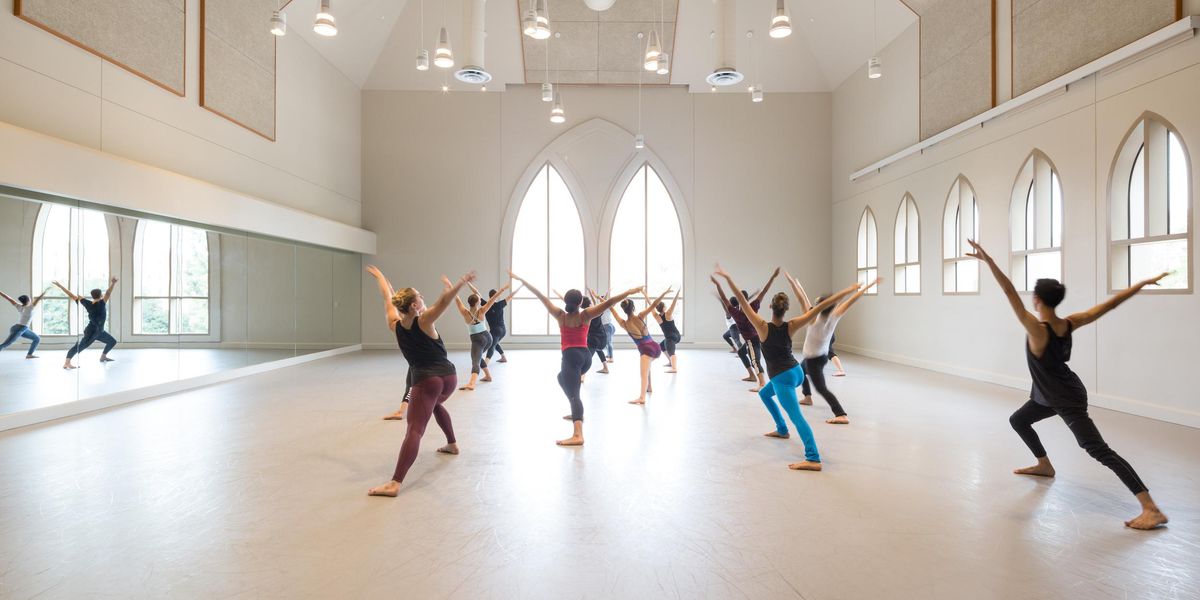On Broadway: Where Musicals Get Born
Andrea McArdle rehearsing
Greenwood at NYMF. Photo by Jeffrey Cassuto, Courtesy NYMF.
With shows like The Kid Who Would Be Pope, Wild Women of Planet Wongo and Bedbugs!!! on its roster of past productions, the New York Musical Theatre Festival will never be mistaken for one of your staid, do-gooder arts organizations, like, say, the Theater Development Fund.
But like TDF, it is a service organization, in this case promoting the art of musical theater. And as it embarks on its second decade, NYMF, as it likes to call itself, has evolved into a multifaceted New York summer staple, presenting fully staged productions, readings, concerts and other events. With several hundred shows vying for inclusion every year, and numerous high-profile productions, like [title of show] and Next to Normal, moving on to commercial runs, the annual July festival is now a significant seedbed for the American musical.
But it’s not easy to tease out what NYMF is telling us about the role of dance in this art form. Dan Markley, the organization’s executive director and producer, estimates that only about half of the musicals chosen for full productions (there are 24 this year) arrive with a choreographic component already in place. Part of the festival’s mission is to act as matchmaker between the projects and the New York performers, directors, choreographers and designers who can help bring them to the stage.
“The reality of doing shows in the festival has to be taken into account by all creative elements,” Markley says. NYMF’s theaters are small; not just the stages but also the backstage areas place a limit on how many dancers, and thus how much dance, can be accommodated. Even more challenging is the scant four weeks allocated for rehearsal. Even with a finished script, the four-week window leaves little room for staging big, elaborate dance numbers.
Markley, whose background is in production, cites his own experience as a festival participant in 2006, with a musical called Emerald Man. Josh Prince was the director/choreographer, Markley recalls. “He was as good as it gets at running a rehearsal room, and I still couldn’t believe just how fast I felt the clock was going. There was dance in the show, but you wouldn’t say it was dance-centric at all.”
The reason was that as both director and choreographer, Prince himself was resolving the often vexing differences that can arise between the needs of the director and those of the dance department, Markley says. “He focused on limited choreographic elements, because it was a fairly large cast and fairly complicated. He was able to negotiate that line, as opposed to a director talking to a choreographer who wants to obviously do the best thing for the show, but their job is to make the dance element as spectacular as they can.”
The upside for Prince, says Markley, was that the NYMF gig brought him to New York from Los Angeles. He then pursued a slot in the choreography showcase Dancebreak, which led to his first Broadway choreography credit, for Shrek the Musical, and ultimately Beautiful. “That’s kind of the ideal track for people,” Markley says, “to participate in NYMF, get some profile and get to their next thing and ultimately to be able to work at the highest level. I love that!”
For dancers, he says, there are nonunion slots in the festival that can forge the contacts that eventually lead to Equity cards and better-paying jobs. “We’re in the business of providing opportunities to performers, to directors, to choreographers who may be looking for the next step, the first opportunity to be seen in a high-profile New York City venue.”
Those opportunities don’t come without cost. NYMF only helps to produce the festival’s musicals—most of the expense, averaging between $25,000 and $75,000 per show, is borne by the shows themselves. When it comes to which kinds of musicals will get the opportunities, it’s Markley and his NYMF colleagues who decide. When those happen to include choreography, he notes, the response is immediate. “Our audience is very experienced. Anytime somebody can pull off a serious dance element,” Markley says, “they will feel the appreciation.”
From Backstage
NYMF’s mission:
“To insure the future vitality of America’s greatest art form by providing an affordable way for artists to mount professional productions that reach their peers, industry leaders and musical theater audiences, and by serving as the preeminent launching pad for stylistically, thematically and culturally diverse new musicals.”
Shows to date:
More than 375
Participating artists so far:
More than 8,000
Transfers:
More than 90, including Altar Boyz (off-Broadway), Chaplin (Broadway), Meet John Doe (regional)
Artistic advisors:
Rob Ashford, Hinton Battle, Patricia Birch, John Carrafa, Sutton Foster, Kathleen Marshall, Casey Nicholaw, Susan Stroman and Sergio Trujillo (among others)
Above: Chad Kimball in a NYMF rehearsal. Photo by Steven Rosen, Courtesy NYMF.




